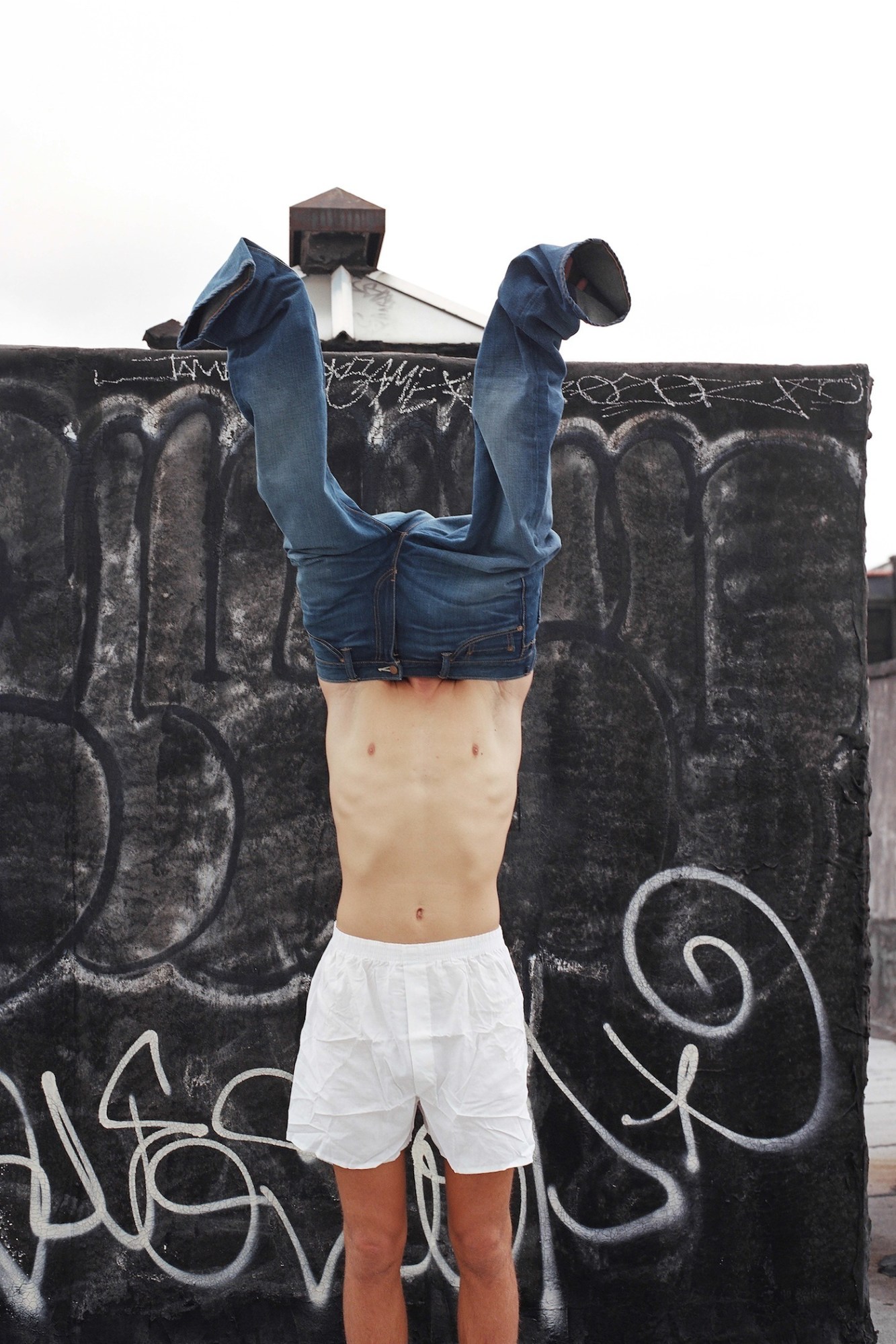Benedict Brink is an Australian artist based in New York, who’s quickly become one of the city’s most in-demand young documenters. Working on an impressive combination of art and editorial projects, like the Spring Cleaning exhibitions which she and her friends ran out of a New York laundromat, Benedict has gathered around her a community of like-minded artists and creators at the cutting edge of art and fashion. With a unique ability to capture the spirit of her subjects, Benedict’s work reveals the unique pleasures that come with being young in 2017. Here, she discusses moving to a different hemisphere, finding her community and assisting the legendary photographic artist and i-D collaborator Collier Schorr.
Let’s start near the beginning, after you and I met in Sydney around 2010. What drove you to move to New York?
I think I moved to New York for life as much as for work. I just wanted to be in the middle of things and I wanted to be somewhere new where I could be whoever I decided to be. I kind of wanted to force certain sides of myself out. Moving to a city like New York makes you pure of heart in a weird way, because you have to back yourself so completely and believe in what you’re saying or it just won’t get across all the other noise that goes on.
Did the move make you change the way you approached your work?
Yeah, for sure. I don’t think I’d even thought of a ‘career’ before I moved here. I thought of working, and I thought of making, but not ‘having a career.’ New York is a commercially-driven city and there are opportunities here that don’t exist in other places — making money isn’t the most important thing but feeling like I was really able to earn a living [from photography] definitely helped me out creatively. It’s eased a lot of other frustrations. Even if it doesn’t show up so specifically in the pictures I’m taking, I’m very aware of my city and the culture, economy and politics of where I choose to live and what I’m able to do with my time.
Right. What other the ideas inform your photography?
I was always looking for a way to translate feelings and experiences that might otherwise be unspeakable. So that’s one idea. And it’s about connectedness, to a place, a thing, an idea, or a person. My whole reason for doing it has always been to be free but not alone! It’s like taking a photograph is a way to put myself inside of something else, to be myself through someone or something else. And it’s kind of limitless, which is exciting.
You’ve also assisted Collier Schorr, which I imagine might’ve taught you something about the balance between art and commercial work.
Certainly. I learntthat a balance really is possible, and that the same level of thoughtfulness and the same approach can be applied to whatever the job — commercial, personal, whatever. Like, don’t make a money job cheap.
You’ve always working with such a fantastic mix of inspiring people; Zara Mirkin, Ana Ifould, Stevie Dance, Thistle Brown, Hayley Wollens, and so on… How important is collaboration to your process?
Collaboration is everything. I love the people I work with, no matter where they come from.
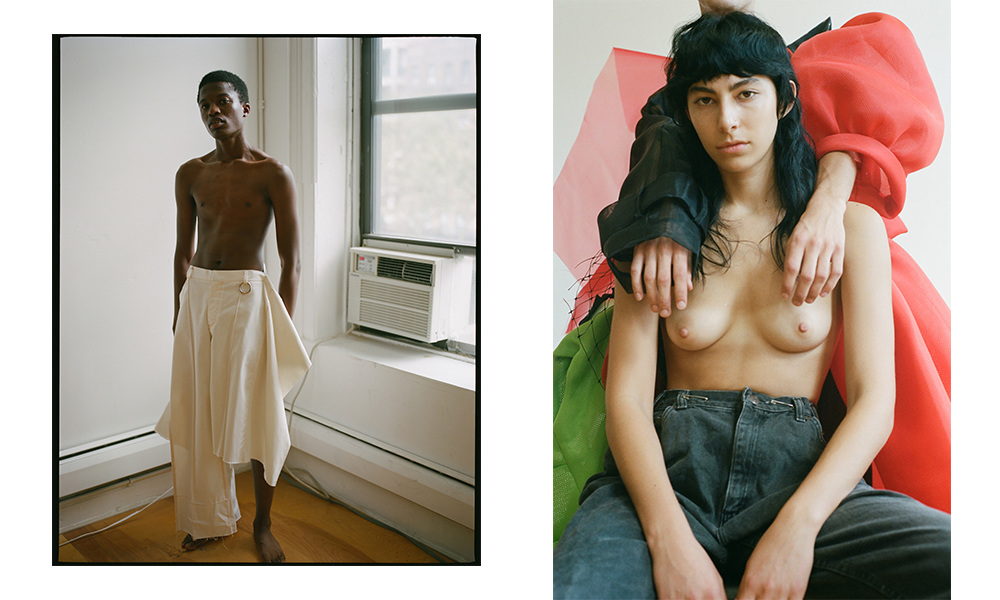
I know you’ve done exhibitions in laundromats in the past — can you tell us a little bit about those? Were they about curation, collaboration, or showcasing your own work?
The Spring Cleaning shows were about all those things but mostly they were about community. Those shows happened because Todd Jordan and I met through Instagram and did a print swap and got to talking. We hit up photographers we admired and whose work and energy we loved. And we worked with our friend Dean Langley on all of the art direction — posters that we plastered all over town at night. It was sort of street level, and borrowed from that language visually.
The work was hung in a laundromat on Elizabeth street, which is between Soho and China Town. The shows were so much fun! They turned into little street parties. The laundromat was still open and operating during the events, there were people in there washing their sheets at the openings. So there was another level of community life going on, which is central to New York. Also we were next door to the best margarita spot in town. It was the ultimate summertime spot where everyone was out on the streets, getting together. It really gave us the perfect environment to open the shows, because it was meant for everyone.
You recently curated the exhibition This Is A Song with Melbourne’s Heavy Time Institute — how did that come about and how did you choose and approach the artists involved?
This is a Song came about through my friends Ed Davis and Rob Cordine, who run Heavy Time Books out of Melbourne with Todd Jordan in New York. Heavy Time took over a gallery space in Melbourne and have been inviting different artists to curate shows. They asked me to curate an all female show. Initially I was quite shy of this idea because I’m cautious when it comes to taglines and bandwagons. That said, I am 100 percent behind the empowerment of female photographers and artists and when it came to approaching photographers to be in the show, it was actually really natural to approach all women. Everyone in the show is someone whose work I feel excited by and who I see as having a really strong, individual take on life as its being lived, now.
Totally. While we’re near the topic, in what ways are you conscious of how you portray women and what your work says about them?
I always aim to be honest, regardless of whoever or whatever I shoot. Women have so much to say for themselves. I’m constantly amazed by the way the women I work with express themselves and present themselves, and how generous they are! Also how empowered they are in their bodies and thoughts. We’re lucky to be working at a time that this is considered culturally important.
Last question, can you give i-D the scoop on your next project?
It’s a secret but I can tell you that it involves Korean pop stars and it might become a book.
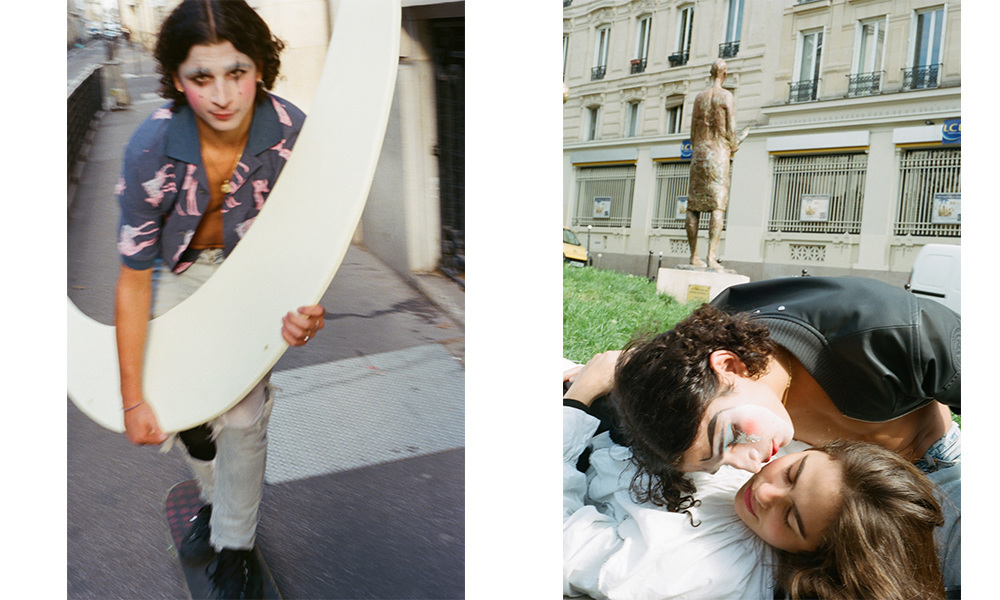
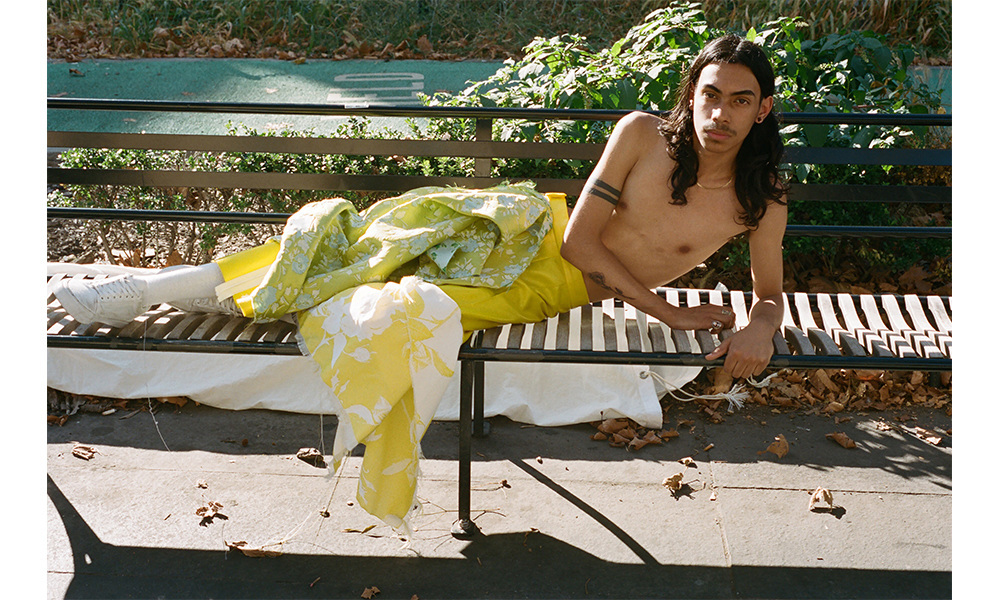
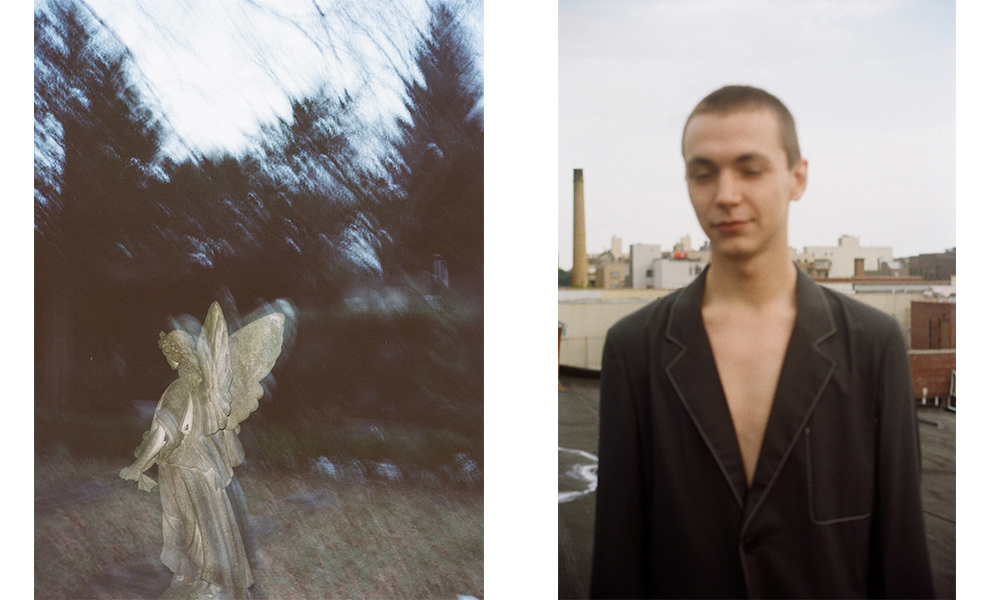


Credits
Text Zac Bayley
Photography Benedict Brink
